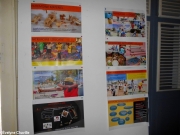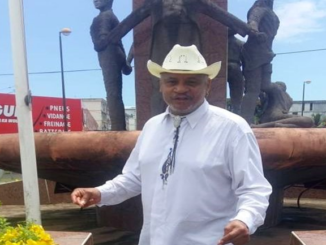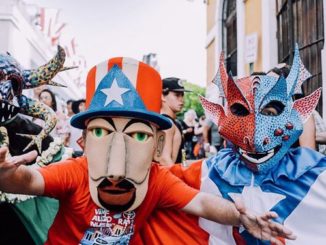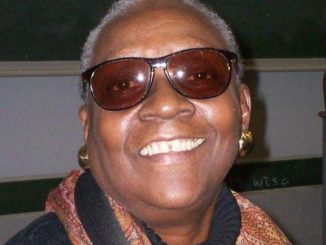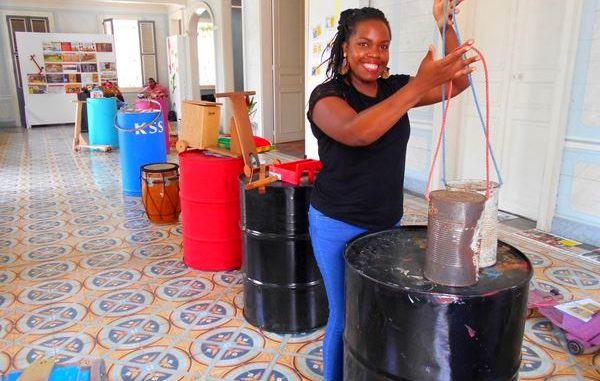
From 20 to 22 September, an exhibition of traditional games and toys was organized by the “Gwajéka” association in partnership with the cultural department of the city of Pointe-à-Pitre on the occasion of the European Heritage Days (EHD).
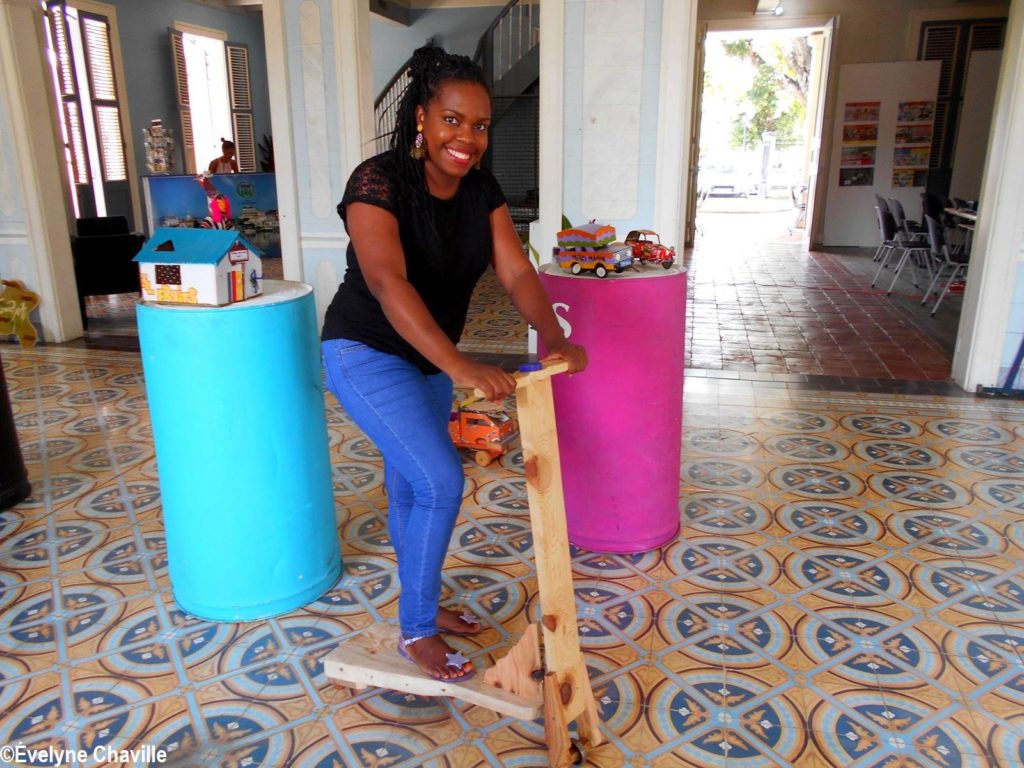
The theme of this 36th edition of the JEP – Arts and entertainment – was perfectly adapted to the traditional games and toys that brought happiness to people aged 40 years and older, our parents and grandparents, just a few years ago. An exhibition of these treasures was proposed by the “Gwajéka” association – created in 2004 and chaired by Jean-Paul Quiko – that decided to revive and save this cultural heritage that was abandoned with the modernization of Guadeloupean society.
Sèk (circle), zizipan, i ka i pa ka, wou (wheel), kristal (marbles), pichinn, marèl (hopscotch), kabwa, twotinèt (scooter), échass (stilts), cèwvolan (kite), toupi (spinning top), kous an sak (bag race), mad kokagn (maypole), cloth dolls, cardboard house, it was part of the many games and toys of yesteryear that were set to honor for three days at the Pavillon de la Ville in Pointe-à-Pitre.
As of Friday, September 20, several schools in the city came to this former presbytery located near the Place de la Victoire to discover how their elders had fun in their childhood and even when they became adults. Most of these toys and games were invented and made by the older generations who did not have much money with natural materials such as stones collected on the beaches (pichinn), coconut palm sticks (kite) or waste wood (kabwa, scooter) and industrial materials such as worn tyres (wheel), bags used to transport goods (bag races), cans (stilts), bicycle rims (sèk) among others. Recycling, now some people talk about so much as something new, was already practiced by elders…
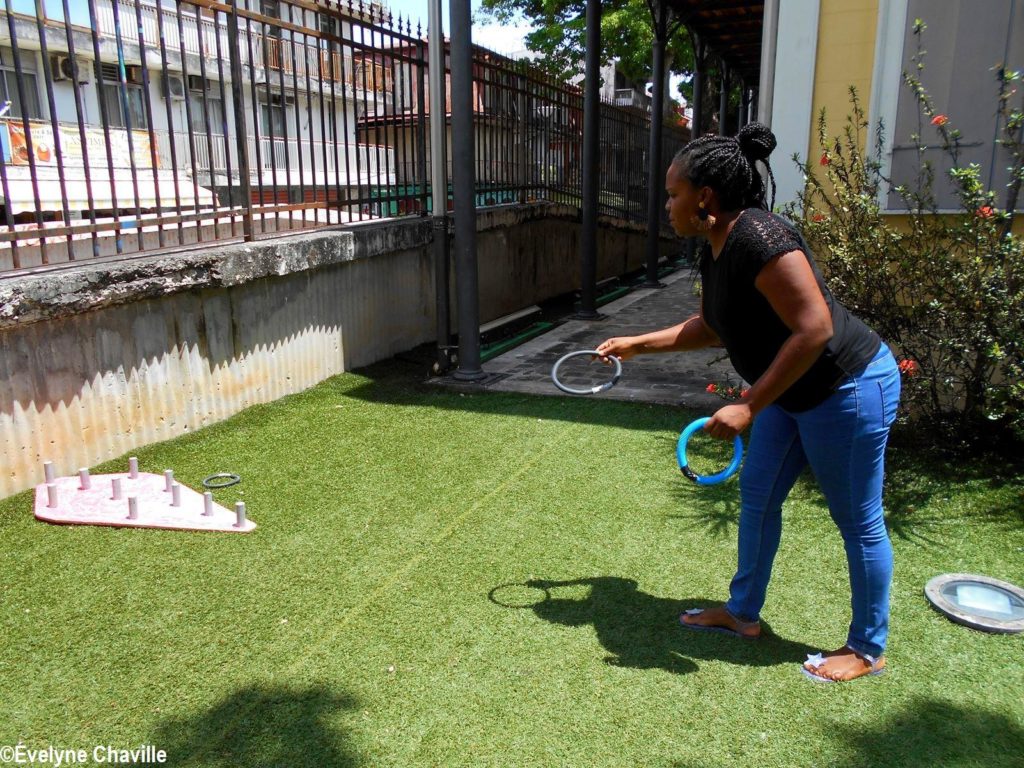
The power of the imagination
So, the children learned that it was possible to have fun with often very simple things thanks to a good dose of imagination. Throughout the day, those who are used to go to a store to choose an imported toy or to sit down in front of the television and the computer or simply to connect with their mobile phone to choose a virtual game, carefully examined all these creations, some of which were displayed on barrels arranged on the ground floor of the building. They listened with interest to the instructions by Maïlys, the representative of “Gwajéka”. One of the highlights of the visit was when the pupils tried some games and toys, the director of a school even lapsed into second childhood in front of the marèl (hopscotch)…
In addition, many illustrated posters explained all the actions carried out by “Gwajéka” for the development and preservation of these games and toys of the past.
If the schoolchildren were enriched with this exhibition, adults from Guadeloupe and elsewhere rediscovered or discovered part of the cultural heritage of the island.





















